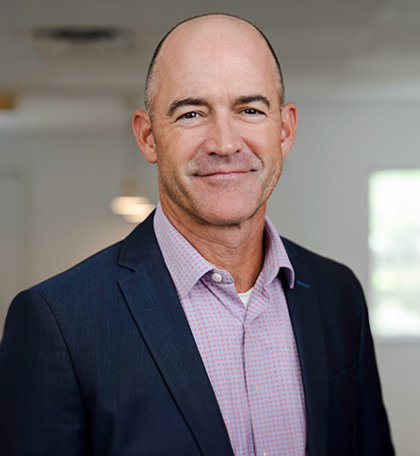TRANSCRIPT:
Hi, it’s Jeremy Riggs, Certified Financial Planner with Base Wealth Management.
Quick question, if Social Security paid 20% less, how much would that rattle your retirement plans? I ask because I keep meeting folks, smart, resourceful people, who figure their benefit check will cover almost everything once the paycheck stops. Today I want to show you why leaning too hard on Social Security can backfire, and what you can do instead.
A real-life high opener. Not long ago I sat down with a widowed client, let’s call her Linda. She mapped out a simple plan, monthly bills around two grand, Social Security benefit around two grand, perfect match. Until a property tax season rolled in. $3,400 bill hit her, her AC quit the same week, and suddenly, I’ve got this turned into, where do I find four grand now? Linda’s story isn’t rare, it just makes the problem concrete. With that in mind, here are four reasons I suggest using Social Security as a foundation, not the whole house.
1. It won’t cover the one-off expenses. Social Security is fantastic for repeat costs, rent, groceries, utilities. Need a new roof? Want to bless the grandkids with a graduation trip? Or face an out-of-network medical bill? The benefit check doesn’t flex. Without separate savings or a portfolio, people end up swiping a credit card and hoping next month looks better. 2. Cost of living adjustments lag and miss key categories. Yes, benefits get an annual bump. But that raise is pegged to a formula, CPIW, built around worker spending, not retirees. Health care and housing costs, huge for most retirees, carry less weight in that basket. Worse, the raises show up next January, months after prices have already spiked. In high inflation stretches, you’re always playing catch-up. 3. More of the benefit can get taxed over time. Social Security isn’t tax-free, it’s conditionally tax-favored. The more income you draw from IRAs, pensions
Or even your own portfolio, the higher your provisional income is. Cross certain thresholds and up to 85% of your benefit gets pulled into taxable income. So the gross check might grow with inflation, but the net amount you pocket could shrink. Four, peace of mind is fragile when one program drives the budget. Turn on the news any week and you’ll hear pundits debating trust fund depletion dates, potential benefit cuts. Odds are good lawmakers will find a fix, but you and I don’t control the timeline. Relying on one lever you can’t touch is an anxiety factory. So what can you do? Maximize your own benefit. Waiting a year or two to claim or coordinating spousal strategies may add meaningful dollars, which creates margin for surprises. Build a flexible portfolio. A mix of taxable and tax-advantaged accounts can supplement income, handle one-time withdrawals, and let you dial your spending up or down when the market shifts. Treat home equity as a contingency tool, downsize…
Relocating to a lower-cost area or carefully exploring a reverse mortgage can be safety valves, options, not mandates. None of this is about chasing the next hot investment or promising a worry-free future. It’s about diversifying the ways money can reach you so one headline doesn’t derail your lifestyle. Linda eventually covered her AC and taxes by tapping a small brokerage account we’d encouraged her to keep. She still relies on Social Security for basics, but those extra resources turned a crisis into an inconvenience. If you’d like a walkthrough of how these ideas fit into your situation, let’s chat. Either way, remember, Social Security is a cornerstone, not the whole structure. Build some walls and roof around it, and it’ll sleep a lot better.





